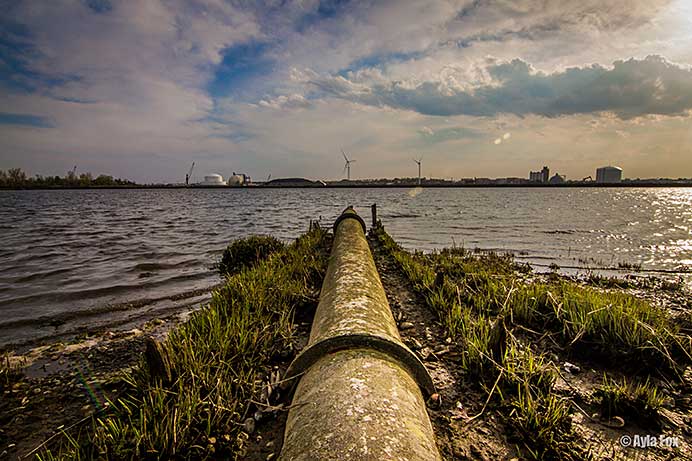The RI Department of Health (RIDOH) Beach Monitoring Program oversees monitoring and public health notifications for 69 licensed saltwater beaches in Rhode Island; any beach property that promotes swimming must be licensed. If a property has beach access but does not promote swimming, then a license is not required and people are advised to swim at their own risk.
Water quality monitoring is required for both freshwater and saltwater licensed beaches in Rhode Island; however, the state Beach Monitoring Program is limited to saltwater beaches because funding is provided by the Environmental Protection Agency’s Beaches Environmental Assessment and Coastal Health Act (BEACH) program, and may not be directed to freshwater beaches. In 2012, the EPA issued new beach standards that must be met in order to receive federal funding, and those standards were implemented for the 2015 beach season.
RIDOH conducts a monitoring program with trained seasonal staff, augmented with sampling from partner organizations (Save The Bay and Clean Ocean Access) and additional monitoring directed by managers of individual beaches. Samples from all 69 saltwater bathing areas are collected on a twice weekly, bi-weekly, or monthly basis, from May to September. Sampling frequencies are based on level of beach use, historical results, and proximity to known sources of pollution.

RIDOH provides training on how to collect water samples, approves sampling plans, and either analyzes the samples directly or pays for the samples to be analyzed at a state approved facility. The RIDOH Beach Monitoring Program monitors levels of the bacteria genus, Enterococci, which the federal government uses as an indicator to determine overall levels of these kinds of pathogens. The EPA selected Enterococci as the Fecal Indicator Bacteria (FIB) because studies have found that they are reliable surrogates for the range of pathogens that occur in natural swimming waters that cause illness. The Beach Action Value (BAV) used by RIDOH to signal adverse water quality is based on epidemiological studies that establish the BAV as a threshold for reported gastrointestinal illnesses.
The concentration of Enterococci bacteria in beach water samples is measured in cfu/100ml (colony forming units per 100 milliliters of water – a particular way of measuring the effective number of bacteria in the sample). When a sample level exceeds 60 cfu/100 ml, a review of the site specific situation is triggered, which may result in closure of the beach. Beach closure decisions consider the concentration of Enterococci reported in conjunction with recent and expected weather conditions, tides, water quality history, and sources of contamination. These factors help determine the overall risk of health impacts on potential swimmers. Due to the time it takes to analyze the samples, when a closure decision is made, the beach is generally closed for a minimum of 24 hours, though RIDOH is working to reduce that time since it can impact the economy and harm RI’s tourism reputation.
